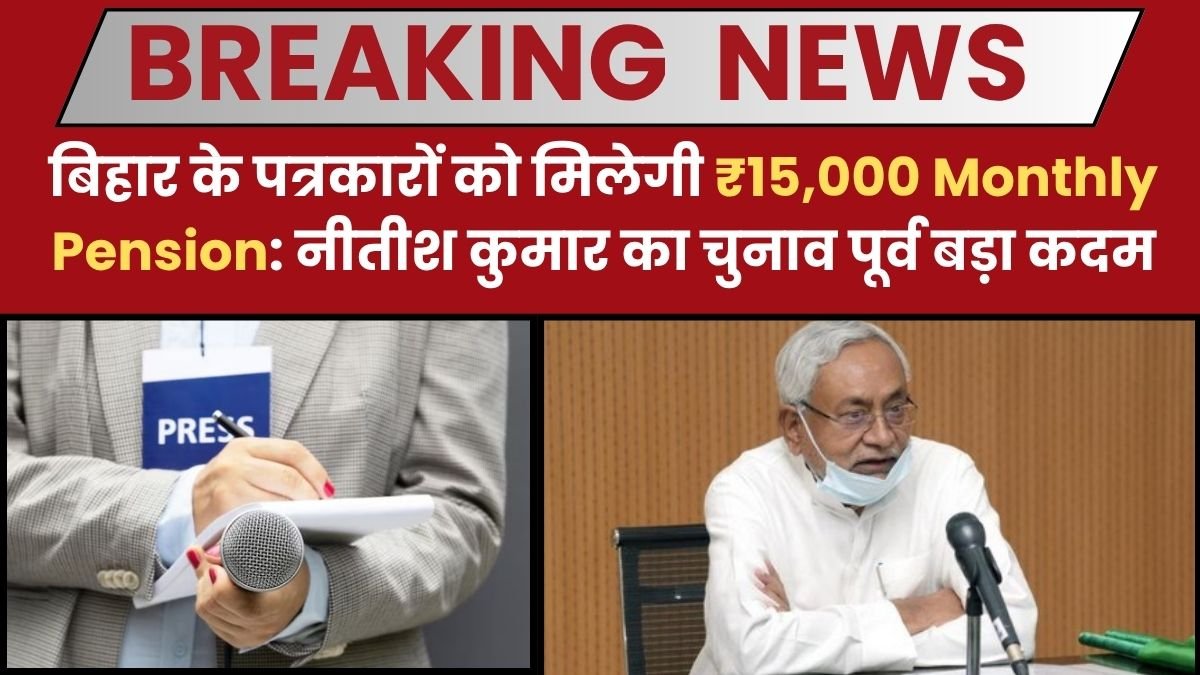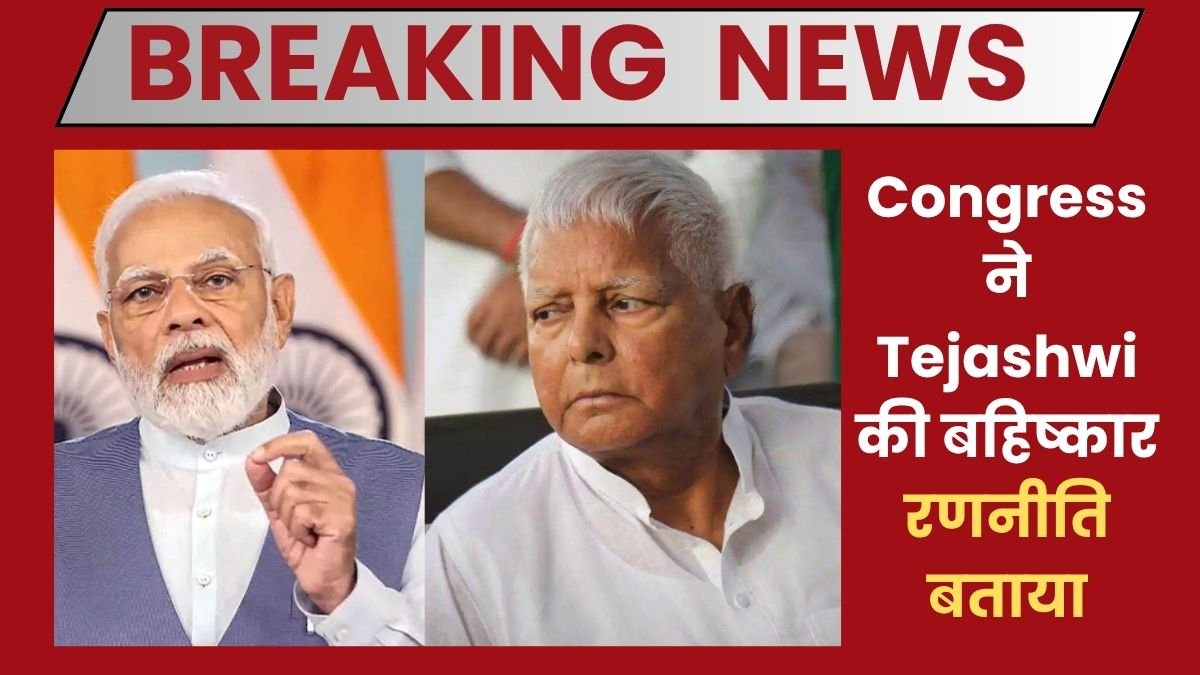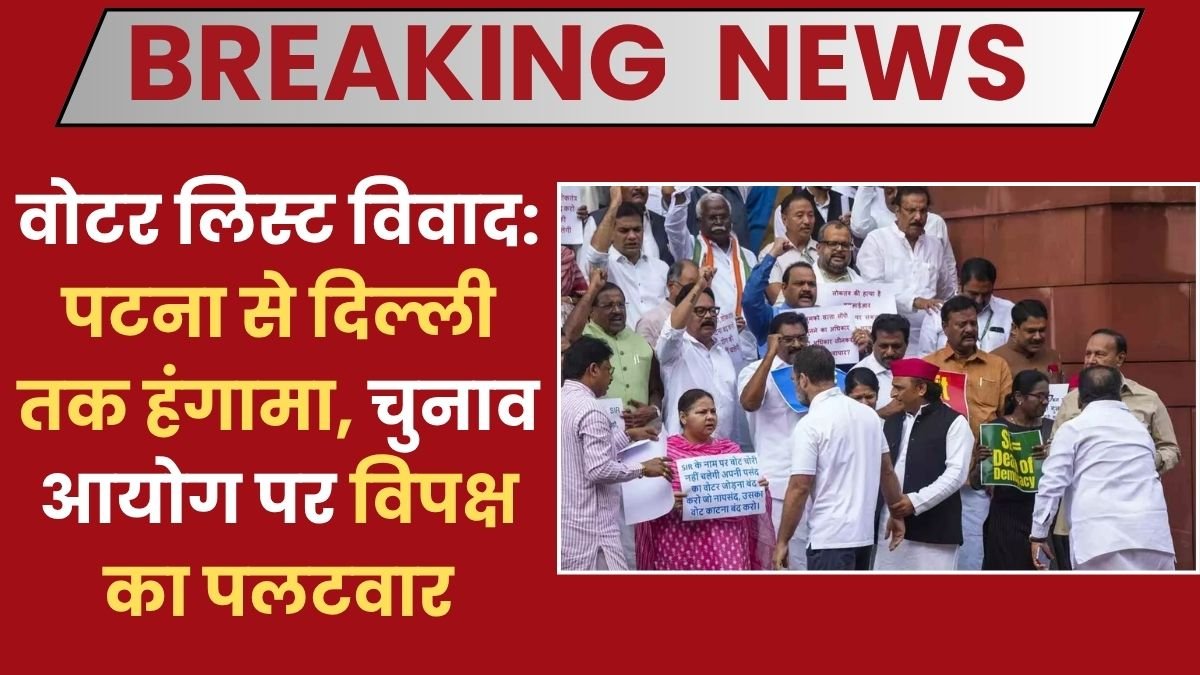You can forgive the Trump administration for its reported assistance in facilitating the India-Pakistan ceasefire — an effort New Delhi outright dismissed on May 13 with a spokesperson saying, “any issues pertaining to the Indian Union Territory of Jammu and Kashmir have to be addressed by India and Pakistan bilaterally”.
Earlier, even top US officials had signalled that any American involvement in the crisis would be relatively hands-off. Recall President Donald Trump’s comment that “they’ll get it figured out one way or the other”, and Vice President J D Vance’s statement that “we’re not going to get involved in the middle of [a] war that’s fundamentally none of our business”.
As US foreign policy put a higher premium on other hotspots — from the Gaza and Ukraine conflicts to intensified rivalry with China — Washington seemed resigned to standing aloof.
In addition, this administration is home to some of Washington’s largest India champions. These include Vance, who informed Prime Minister Narendra Modi soon after the Pahalgam attack that the US would offer “all assistance” to India in the “battle against terrorism” together, and Secretary of State Marco Rubio, who, as a senator last year, filed a bill seeking India be accorded the same US ally status as Japan and Israel.
These two individuals were the key movers behind the US reaction during the India-Pakistan crisis.
It might have been assumed that the US would understand India’s counterterrorism needs, and stand back and allow it to do as it pleased. But there was always grounds to suspect that the US would be actively involved. There’s a good precedent of American diplomatic intervention in Indian-Pakistani military clashes. US interests do not stand to gain from an escalation of tensions between nuclear rivals.
Also, this administration, despite all its posturing about not wanting foreign entanglements, enjoys opportunities to play peacemaker. No surprise here, Rubio was in communication with New Delhi and Islamabad counterparts several times before the negotiations he and Vance had with India and Pakistan that led to the ceasefire.
Nevertheless, it’s remarkable how the administration shifted from just talking to both capitals and urging de-escalation to working around the clock in order to assist in brokering a ceasefire.
There is no suggestion that the US played a role in the discussions themselves leading to the ceasefire. But it seems that its efforts assisted in opening the way for the two sides to go after the ceasefire. There are two probable reasons behind it.
The second is escalation dynamics. The crisis saw extensive deployment of force, compared to the crises of the recent past. India’s initial airstrikes — the most concentrated undertaken by Pakistan since 1971 — marked the tone. The readiness of each nation to deploy drones and missiles deep into the other’s territory to strike military installations created a huge concern in Washington.
This was as close to war as India and Pakistan had come since the Kargil crisis — and perhaps the largest nuclear deterrence test since both nations became official nuclear states. As this hard truth came sharply into focus after multiple rounds of retaliatory strikes, Washington would have been most likely compelled to intervene with greater haste.
The nuclear factor is the probable second reason for increased US engagement. Washington would have been probably unnerved by two key developments on May 9: India’s attack on the Nur Khan airbase near Rawalpindi, which houses Pakistan’s Strategic Plans Division controlling nuclear assets; and Islamabad declaring that it would summon a meeting of the National Command Authority that controls nuclear policy — the meeting did not take place.
That nuclear escalation dangers would get under the Americans’ skin is not unexpected:
Previous US interventions, as in India-Pakistan crises in the past — as at Kargil, or in 2001-02, or, according to Mike Pompeo, even at the 2019 clash (he was US Secretary of State at the time) — have also been driven by similar fears. Yet another question worth asking is how exactly the US sale of a ceasefire argument succeeded. When it was signed, India-Pakistan hostility and military conflict were at an all-time peak.
It is not yet certain how Washington laid the groundwork for the ceasefire, but it was probably able to summon from several sources of leverage. One of them is Rubio and Vance themselves.
They’ve become indispensable foreign policy actors in the administration, and they have Trump’s ear. Rubio, who directed US involvement with India and Pakistan during the crisis, also serves as Secretary of State and National Security Advisor. This provided him with the mandate to negotiate with a wide range of senior interlocutors on either side.
Moreover, Trump insists that trade was employed as a pressure point: “I said ‘come on. We’re gonna do a lot of trade with you guys. Let’s stop it. If you stop it we’re doing trade, if you don’t stop it we’re not going to do any trade.'” Trade considerations alone would not have led India and Pakistan to put down arms. But US officials might have sent signals that negotiations aimed at lowering tariffs in the US would proceed better if fighting ceased.
In addition, Washington might have been opening a door at the time of its intervention. Even with heightened tensions and surging hostilities, New Delhi and Islamabad had perhaps arrived at a place where they could declare victory and choose off-ramps. India had already attacked key terrorist infrastructure targets in Pakistan, and then it attacked Nur Khan, whichunsettled Pakistan’s generals. Pakistan said it had downed Indian aircraft — whereas India has stated that “losses are a part of combat”, and all the pilots are home.
Washington was also benefited by the fact that Islamabad and New Delhi had already reaped significant domestic political dividends from the crisis, and therefore calling it a day was not going to prove politically expensive. India’s government, with its high-intensity military actions and its non-military punitive measures against Pakistan, met the public’s call for a brawny response. Pakistan’s civilian and military rulers, unpopular domestically, united the nation behind them and earned back sympathy as they pushed back against India’s aggression.
With the crisis having passed, US officials have been preoccupied with other things. Yet the ceasefire remains tenuous, and the next confrontation is not far away. If it comes, new US intervention probably would not be long in arriving — particularly if nuclear escalation fears come again to the forefront.






